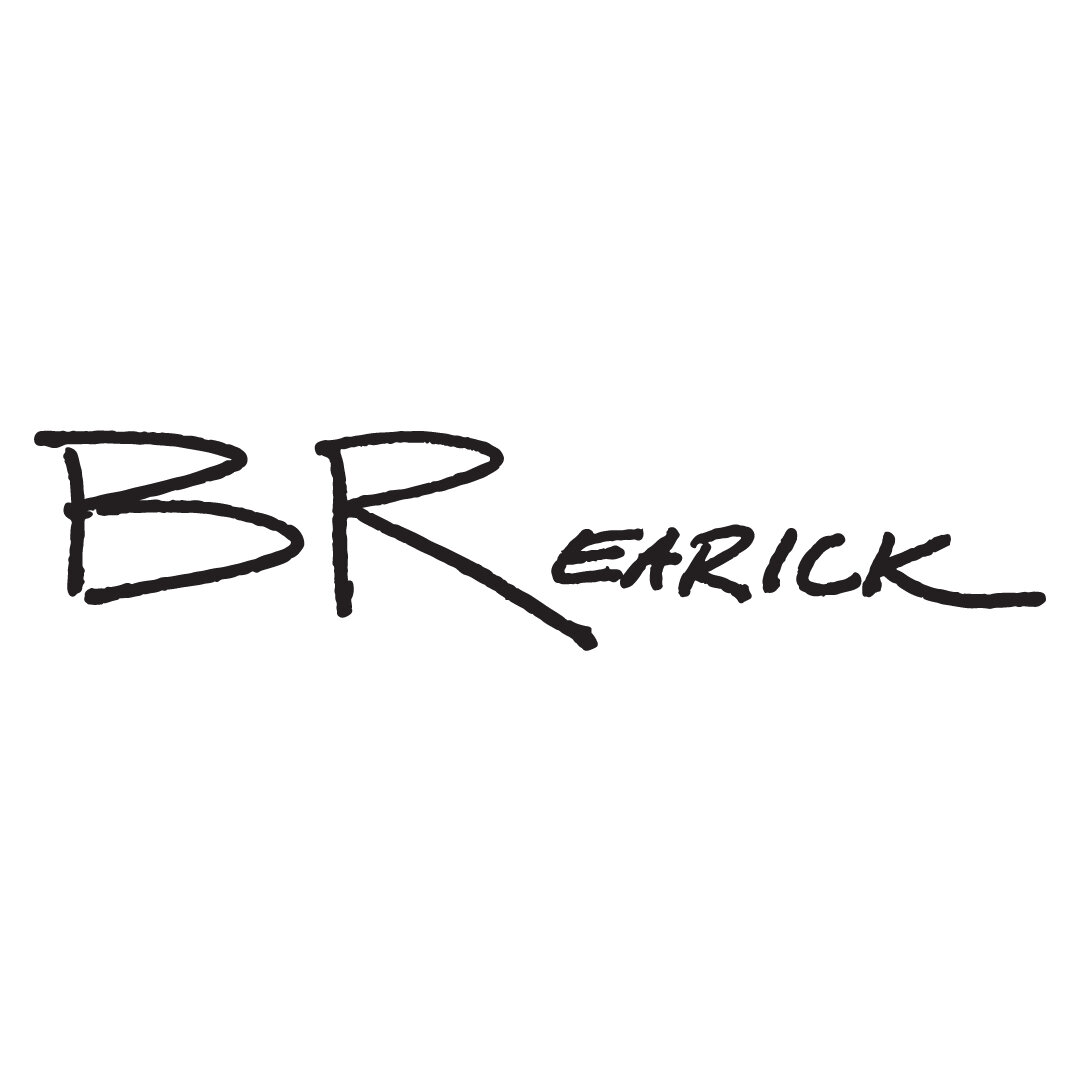INFLUENCER INTERVIEW WITH SEAN DE WISPELAERE
Posted on February 16, 2017 by Sean De Wispelaere
There are so many exceptional minds in this industry. The Influencer Interview series is in place to help them spread their message.
There are no words to describe how lucky I am to know Brendon Rearick. He is an exceptional man and a hell of a positive influence on the fitness industry. I have been fortunate to coach and educate next to Brendon. I can say firsthand that words you about to read are not only quite valuable, but they are also authentic to who he is and what he believes. Lucky us. - Sean D.
1) What would you tell a new coach or trainer coming into the industry?
“During the first five years of your career, spend 20% of your income on continuing education. Yes, I said 20%.
Find a mentor who is doing what you want to do, and ask to work for them for free. Trade your time for education. Learning under the right person is worth more than any four-year degree. You may even get a job out of it, and if nothing else, you learn exactly what it is you don’t want.
Train everyone and everything. I would have trained the trash can if my boss had asked me. And I would have trained the shit out of that trash can. Expose yourself to all sorts of people and situations. In the beginning, you won’t have a niche. You won’t have the ability to pick and choose who you work with… that all comes with time. For now, say YES to everything.” – Brendon R.
2) You say that a program should be adaptable, what do you mean?
“What’s written on the whiteboard should adapt to the client. The client should not have to adapt to the whiteboard.
Let’s use an example – there are 9 people in class today. On the whiteboard, there are chin ups. Of the 9 people in class, only four can do a single chin up. What should the other five do? We will provide them something that will hopefully, in time, progress them to doing a chin up. Maybe we have three people doing assisted chin-ups with a band, one person is doing an X-pulldown on the cable machine because the band is too cumbersome to get in, and one person is doing TRX rows because shoulder flexion causes them pain. ALL of them are doing chin ups, but the version that is best for THEM. Logistics, abilities, age, injuries, sport all factor in here, but all are accounted for by having a system of regressions and progressions for each exercise.” – Brendon R.
3) How do coaches know if they are practicing within their scope?
“Coach Boyle has always taught us to “think like a lawyer”. If I put a band around someone’s hip to cause a distraction force and they get hurt when the judge asks me what I was doing would I be able to defend myself as a trainer and not a physical therapist? If I’m stacking up plates on someone’s back during a push-up and they collapse and get crushed, would a jury of my peers think I was being negligent? If I use a metal tool on someone for “mobility” purposes and they bruise so badly they need medical attention, whose fault is that? If I make my own piece of gym equipment to save costs and it breaks, sending someone to the hospital, would I be able to justify myself in a court of law? If you find yourself asking “am I in my scope of practice here?” then you probably should stop whatever it is you’re doing. Surround yourself with knowledgeable professionals who are smarter than you to perform those things which are out of your scope. Everybody wins. You, the therapist or doctor, and most importantly, the client.” – Brendon R.
4) How much do you incorporate static stretching into your program and is it bad to be too flexible?
“To know if someone is too flexible we need context. If you are a gymnast, a dancer, or a contortionist, then you have a different set of requirements than a powerlifter, basketball player, or office worker. Just because you’re “flexible” doesn’t mean you are less likely to get injured than someone who we deem as “tight”. In my experience, they are just as likely to be injured, but usually due to a lack of control of their generous ranges of motion. Being extremely flexible isn’t good or bad, it just presents a unique challenge requiring a different approach. This is another great example of why your program should be adaptable.
My goal is for you to be flexible and STRONG. I want you to get to your end ranges, then use isometrics, eccentrics, and a full range of motion strength training to keep those ranges. This goes for all of my clients, the flexible and the stiff, we can all benefit from greater end range strength.
How do I incorporate static stretching? Most clients will stretch before the workout to prep their tissue for what’s about to come. Some will stretch between certain exercises in hopes of getting into a better position for the next set – such as stretching a shoulder to get into a better overhead press position. And most will stretch at the end to “cool down” and prep the body for recovery. With that, there are always exceptions to the rule. Hypermobile clients will perform more end range isometric and eccentric work (active stretching) and strength train using their respective ranges of motion because it’s a better use of their time” – Brendon R.
This interview was done with Coach Brendon Rearick the author of “Coaching Rules: A How-to Manual for a Successful Career in Strength and Fitness” and creator of “Building Exercise Checklists for Successful Training” . He can be contacted at brendonrearick@gmail.com

